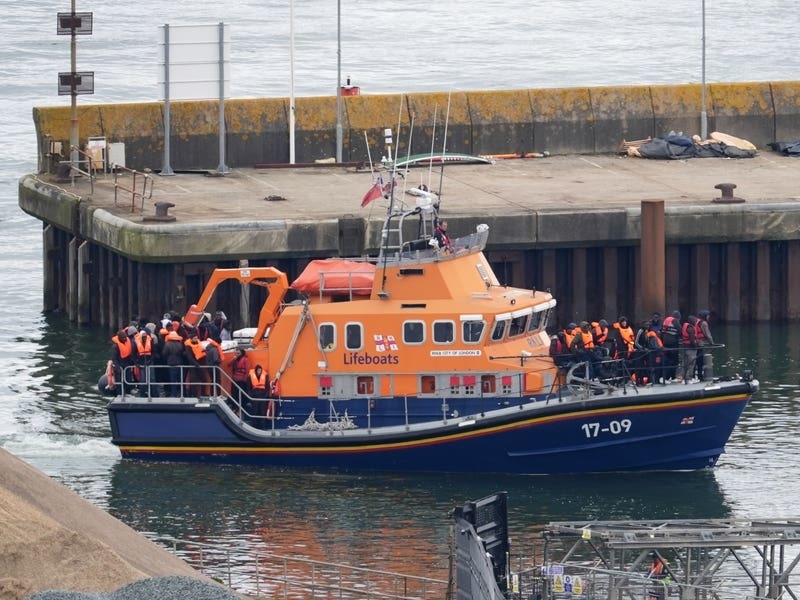Until about 6,000 years ago, Islanders could have explored what is now the Violet Bank with ease but today the lowest spring tides allow only four hours to search for evidence of human activity before the waters return to submerge the rocks and pools. Expert guides will accompany the team of UCL archaeologists led by Dr Matt Pope.
‘The Violet Bank is a starkly beautiful and scientifically important landscape. We know there is a record of Neanderthal archaeology, extinct fauna such as mammoth and more recent prehistoric monuments out there waiting to be discovered and documented,’ Dr Pope said. ‘This survey is about discovering how we can explore the seabed, in the short tidal windows available, in as methodological and safe a way as possible.’
The survey represents the latest work in the Ice Age project which has centred on the internationally important Neanderthal site of La Cotte de St Brelade. Now, attention has moved to the Violet Bank, a 10km2 solid granite reef which extends up to 4.5 kilometres from the shore. Covered by sand and shingle, it has already provided evidence collected by the Société Jersiaise to suggest the existence of Ice Age landscapes.
Forming part of Jersey’s protected RAMSAR site, the area includes a series of gullies from which the team will take sediment samples, and collect stone tools and other artefacts.
Jon Carter, chief executive of Jersey Heritage, said that they were delighted to be part of such an exciting and ambitious project to discover more about the Island’s prehistory.
‘La Cotte is just a glimpse of the Ice Age landscape that lies beneath the surface, both inland and out at sea, and we look forward to seeing what this new and innovative survey reveals,’ he said.






